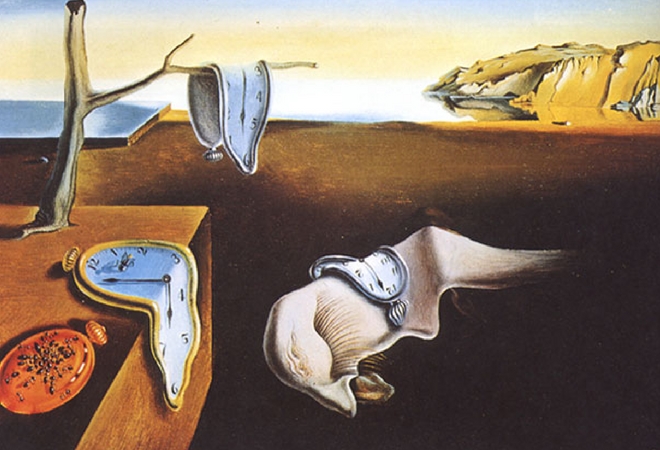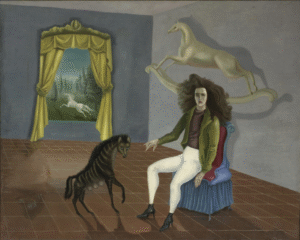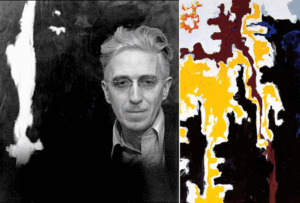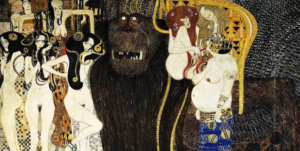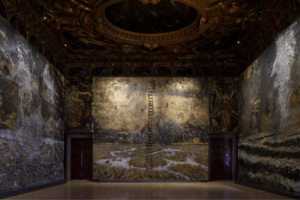As an art movement that aimed to depict the subconscious, many critics found Surrealism unnerving and illogical. But that was exactly the point —an alternative mode of expression.
The Surrealist art movement was founded and led by André Breton in 1924. He defined it as “psychic automatism in its pure state, by which one proposes to express – verbally, by means of the written word, or in any other manner – the actual functioning of thought.”
Surrealism was both an artistic and literary approach whose purpose was to liberate thought and release it from the constraints of rationalism, seeking to unlock all the peculiarities that resided in one’s consciousness. And that meant artwork and literature with elements that were unexpected but expressive, philosophical, and deeply psychoanalytic in its essence. It summoned audiences to go beyond logic and sensibility, to set free the repressed mind —the persistence of our memories.
Surrealist artists would depict abstract images of contradiction, binding the states of dreaming and waking, so-called “surreality,” a kind of absolute reality, as described by Breton. And through the artistic reality of previously neglected associations, in these dreams and the absence of control by reason, their art spoke to the viewer powerfully afresh. Almost as though recalling a dream their memory couldn’t quite grasp or describe accurately, because it was far too absurd to put into words and logic in the deepest sense.
In the intriguing world of Surrealist art, three artists and their iconic art images that made inescapable imprints in our memories.
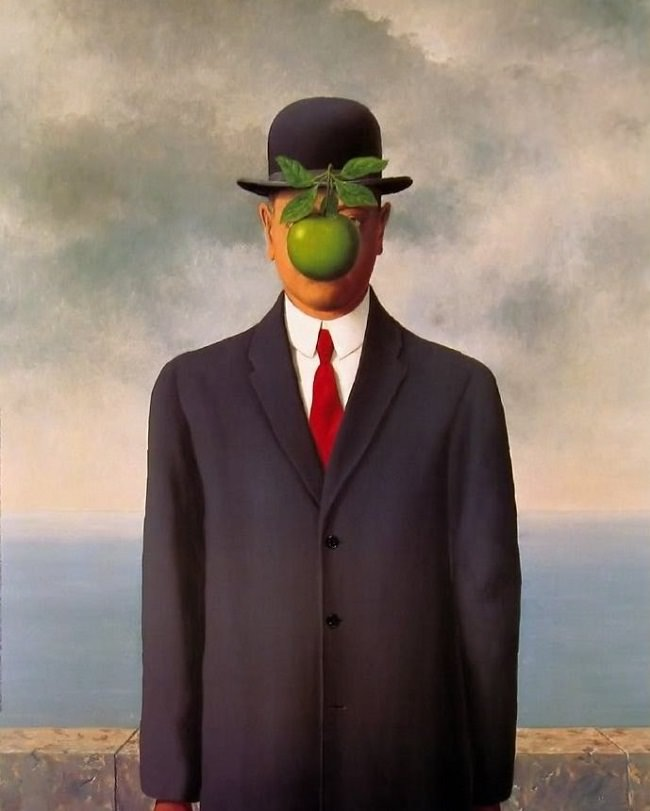
Rene Magritte
Magritte’s The Son of Man is easily one of the most recognized works of the Surrealist movement. The 1964 oil painting was meant to be a self-portrait. And yet, a hovering green apple obscures most of the subject, the artist’s face.
“Everything we see hides another thing, we always want to see what is hidden and which the visible does not show us.” Magritte on The Son of Man 1964.
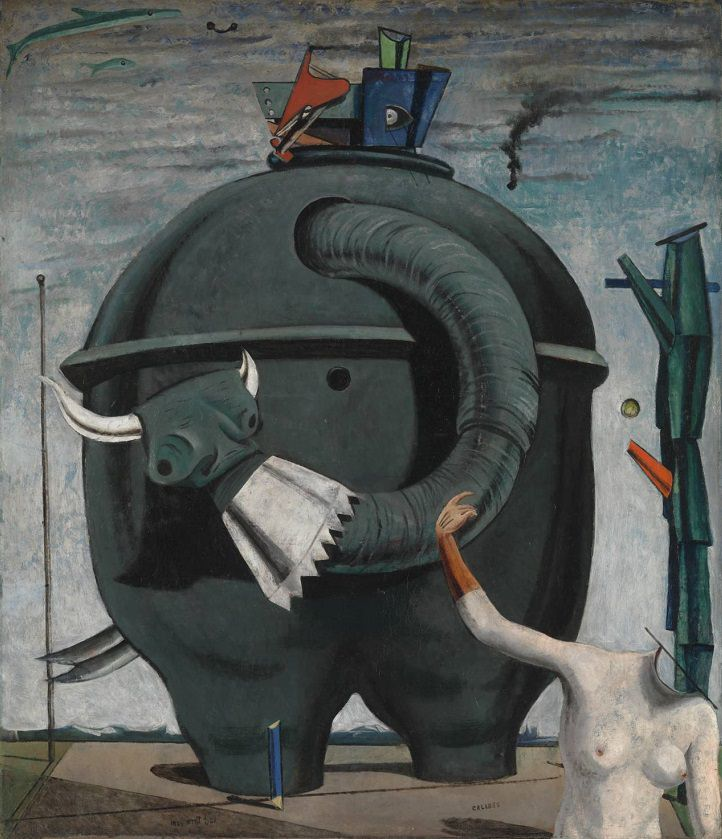
Max Ernst
Ernst’s 1921 The Elephant Celebes applies the Dada collage effect that had influenced many Surrealists’ works. Dadaism was an art movement of the European avant-gardes who rejected the logic, reasoning, and aesthetics of modern capitalist society, in many overlapping areas of cerebral and irrational tenets with Surrealist movement.
Dadaism inspired many works of art that voiced political discontent of the time. Greatly influenced by Dada, Ernst would describe the collage aspects of The Elephant Celebes as “the systematic exploitation of the coincidental or artificially provoked encounter of two or more unrelated realities on an apparently inappropriate plane.”
Salvador Dali
Perhaps the most iconic Surrealist painting of all time, The Persistence of Memory of 1931, a collection of the Museum of Modern Art (MoMA) in New York City, is Salvador Dali’s most identifiable work. And while it’s widely recognized, it’s more often referred to as ‘Melting Clocks’ or some variation of that – as if ironically, the name Persistence of Memory would not endure in one’s recollection.
Many have tried to read into the elements of the piece and reveal the true meaning of the composition. What could the symbolism be for four pocket watches melting in what appears to be a deserted seaside? And why are one of the clocks covered in ants? Is the deformed nose and the long-lashed eye of the central creature a self-portrait of Dali?
Once believed to be an interpretation of Einstein’s theory of relativity, Dali corrected the assumption. Dali, who had studied psycho-analysis and the works of Freud, was simply inspired by the thought of cheese melting in the sun, insisting that the work was “nothing more than the tender, extravagant and solitary paranoiac-critical Camembert of time and space.”
By the power and the brilliance of his art, Dali’s “hand painted dream photographs” were physically bent by time itself, traveling beyond our memory, for as long as we can marvel his work.

